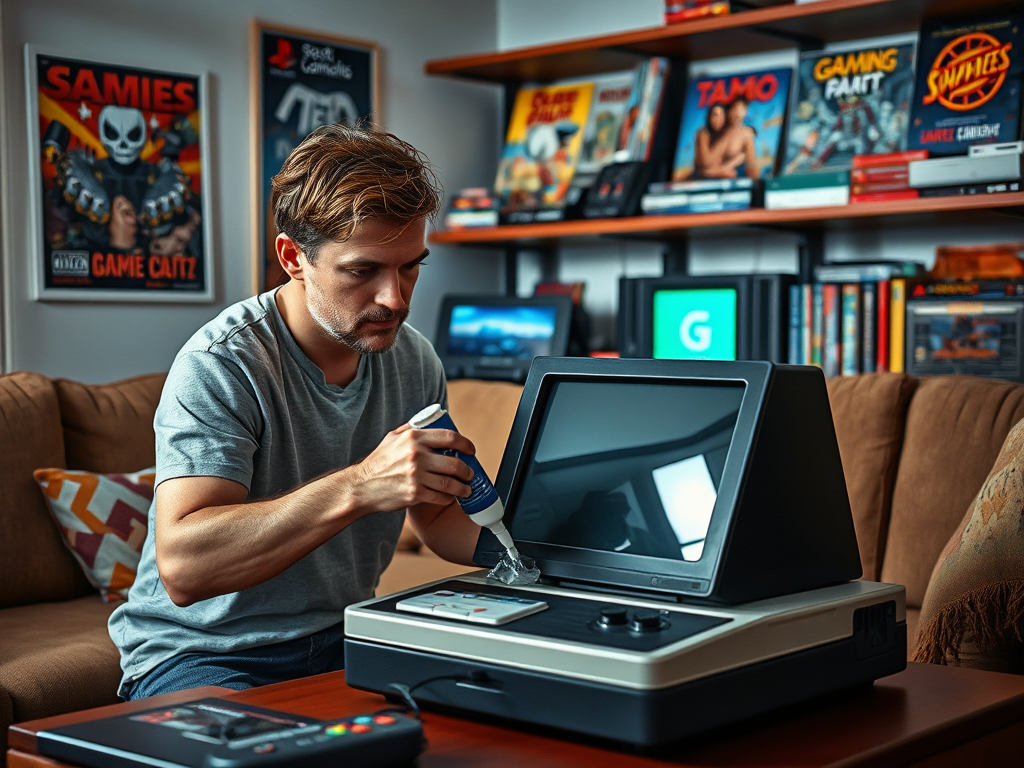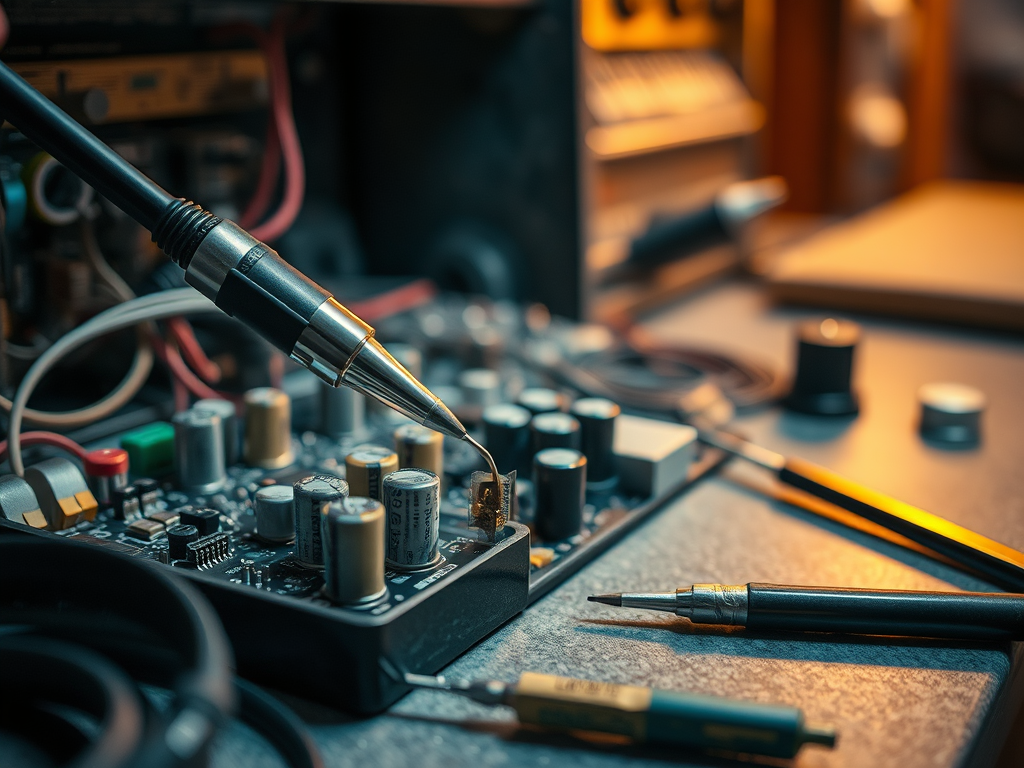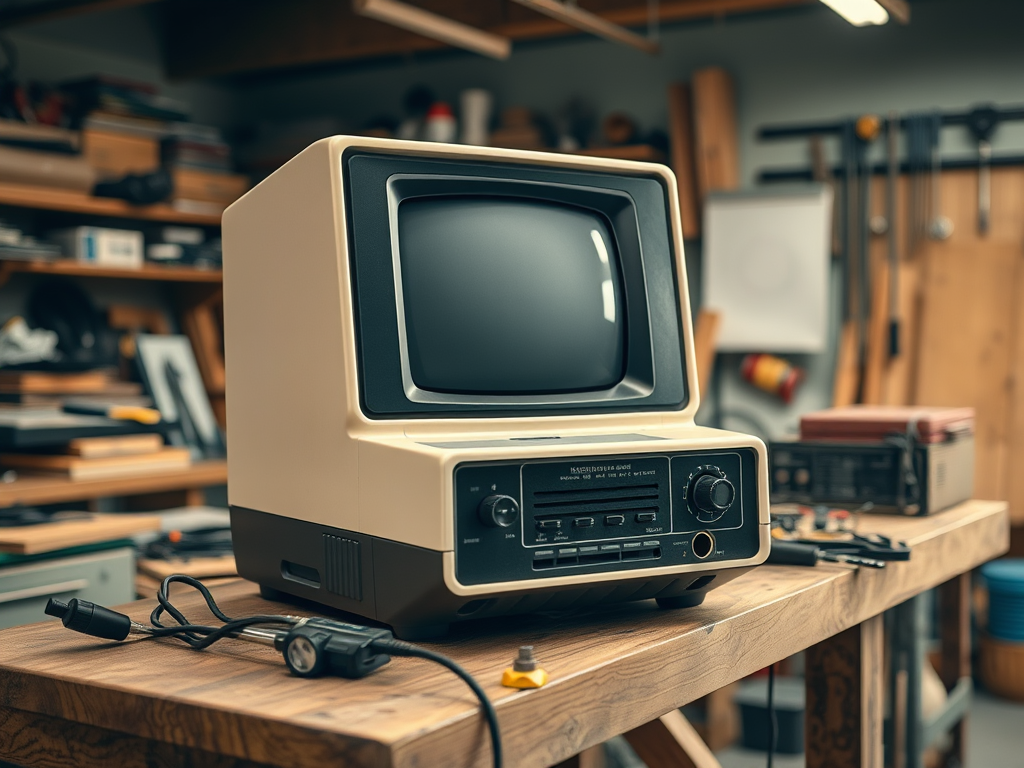For many gaming enthusiasts, the allure of vintage video game consoles is not just in nostalgia but also in the intricate stories they tell. Each console embodies a piece of gaming history, a window into the past filled with childhood memories and epic gaming battles. However, time can take a toll on these artifacts, rendering them non-functional or aesthetically tired. This has led to a thriving community dedicated to console restoration, a process that merges technical skill with a love for gaming’s legacy. As more gamers seek to restore their cherished machines, understanding the techniques and tools involved becomes essential. Whether you’re a novice hopeful or a seasoned restore, this guide will equip you with the knowledge needed to breathe new life into your vintage systems.
Understanding the Basics of Console Restoration

Console restoration is both an art and a science. At its core, it involves understanding the workings of vintage machines, from the collectible nature of their components to the specific issues they may encounter over time. Many vintage consoles feature intricate designs, and each component has its own role to play in the overall functioning of the unit. This complexity makes restoration an engaging challenge, offering rewarding results for those willing to invest their time and effort. Aside from the technical aspects, it also requires a passion for preserving history and a commitment to maintaining the original aesthetic wherever possible. With the right approach, you can restore these treasures to their former glory, allowing new generations to experience the magic of retro gaming.
Tools and Materials Needed for Restoration

The journey of restoration begins with having the right tools and materials at your disposal. A well-equipped workspace is crucial for successful console restoration. The items listed below are essential for any restoration project:
| Tools | Materials |
|---|---|
| Screwdrivers (various sizes) | Retro console cleaning kits |
| Soldering iron and solder | Replacement capacitors and other components |
| Cleaning supplies | Paint (for cosmetic restoration) |
| Multimeter | |
| Replacement parts |
Having an organized workspace where these tools and materials can be laid out will save time and reduce frustration throughout the restoration process. Each tool serves a specific purpose, and knowing when to use them is key. For instance, a multimeter is invaluable for diagnosing electrical problems, while specialized cleaning kits help preserve the console’s original finish without causing damage. This attention to detail will ultimately impact the final outcome of your project, ensuring that you not only restore functionality but also aesthetics.
Common Restoration Techniques
When it comes to restoring vintage consoles, various techniques can be employed to address both functionality and appearance. A crucial first step is thorough cleaning, which helps in maintaining the integrity of the hardware. Inadequate cleaning can lead to further issues and hinder restoration efforts. Below are some common restoration methods along with their sub-techniques:
- Cleaning and Maintenance:
- Importance of cleaning components
- Comparative analysis of professional cleaning kits versus DIY methods
- Electronic Repair Techniques:
- Diagnosing common electronic issues
- Soldering basics for beginners
- Capacitor replacement
- Cosmetic Restoration Techniques:
- Refurbishing exterior casing
- Applying decals and vinyl wraps
- Painting and touch-up methods
Preserving Originality versus Customization
Restoration projects often grapple with the balance between maintaining originality and incorporating customization. While some enthusiasts pride themselves on keeping their consoles as close to the original state as possible, others may wish to enhance performance or aesthetics through modifications. Originality preserves the historical value and uniqueness of the console, while customization can breathe new life into older machines, providing enhanced performance or updated aesthetics. It can be tempting to opt for vibrant colors or modern components; however, always weighing the pros and cons is necessary. Engaging with the community can provide insights into best practices while encouraging you to share your projects and learn from fellow restorers.
Conclusion
Restoring vintage console systems is more than just a hobby; it is a way to connect with the past while showcasing technical skill and creativity. By understanding the necessary tools, materials, and techniques, enthusiasts can revitalize these classic machines for future generations to enjoy. Every restored console not only reflects personal dedication but also plays a role in preserving a vital part of gaming history.
Frequently Asked Questions
- What is the best way to clean a vintage console?
Use a specialized cleaning kit or a soft cloth with isopropyl alcohol to gently clean surfaces without damaging components. - Is it necessary to replace old capacitors?
Yes, replacing old capacitors is often necessary to ensure the console operates correctly and prevents further damage. - Can I restore a console that doesn’t power on?
Yes, many consoles can be restored even if they don’t power on by diagnosing and repairing the underlying issues. - How do I find replacement parts for vintage consoles?
Check online marketplaces, retro gaming forums, and specialized retailers that focus on vintage gaming hardware. - Is it worth restoring a console?
For many, the nostalgia and satisfaction of reviving a classic system make it well worth the effort, both financially and emotionally.



